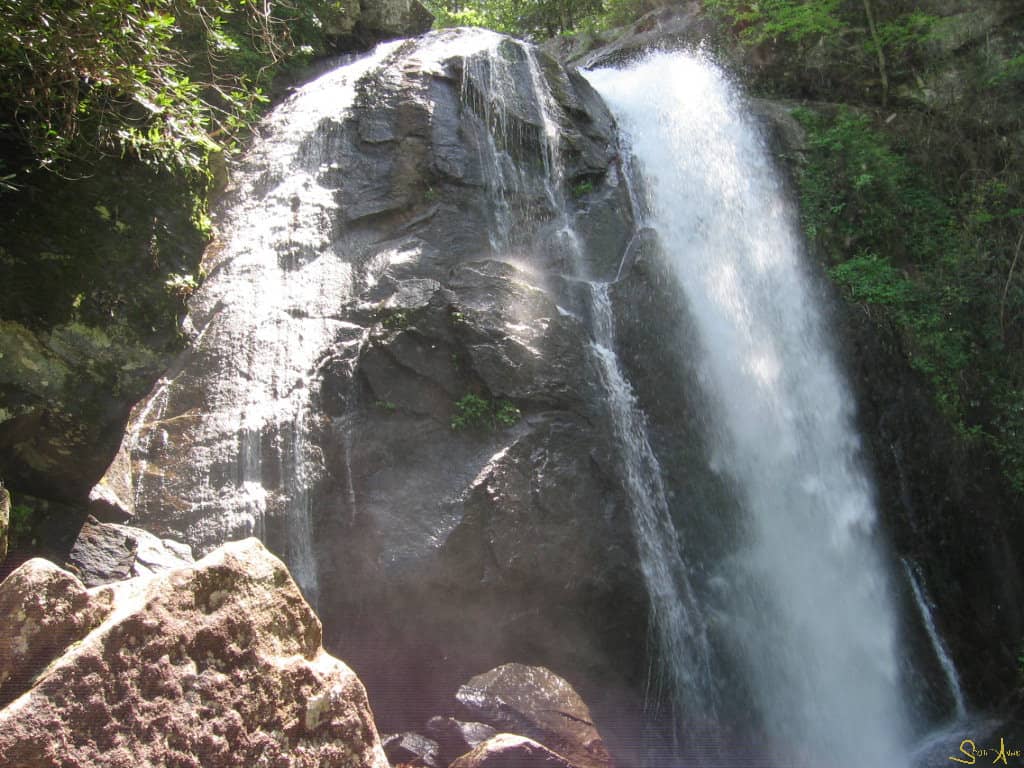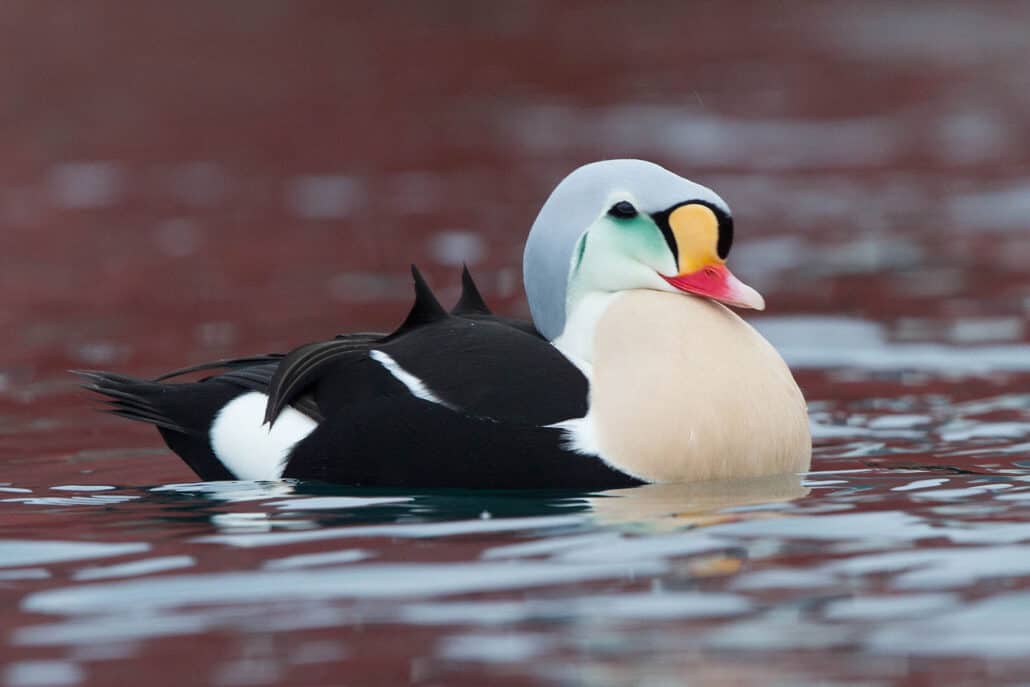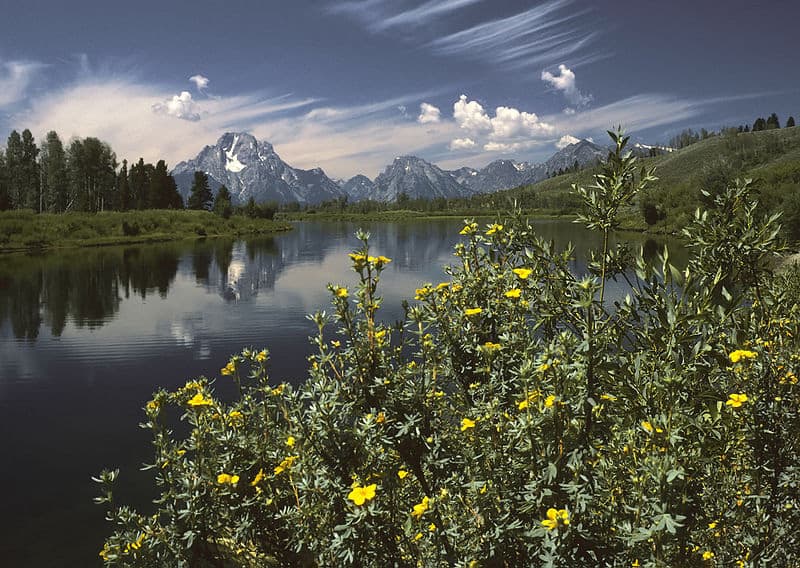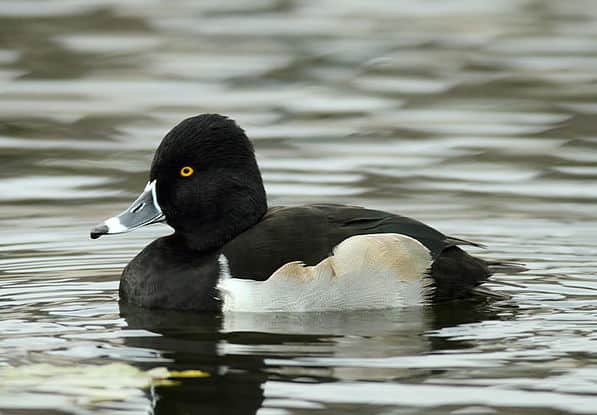The first bird list in North America was written in what is now North Carolina. The year was 1586, and an observer was Thomas Hariot. He was part of an expedition, sponsored by Sir Walter Raleigh, scouting the area for a site on which to build a colony for England. On Roanoke Island he wrote that his party came upon “turkey-cocks and turkey-hens, stock doves, partridges, cranes and herons…swan and geese…” He said he could name 86 varieties of fowl and 17 more of “land fowl,” as well as falcons and “merlin-baws.” It was an impressive total, yet he was concerned with only the larger birds, those that would be useful for food or might be detrimental to the colonists’ economic efforts in some way. He did not mention the many smaller birds—warblers, finches, flycatchers, and such, that must have been present as well. One small bird Hariot does note is the “parrot” which is, of course, the now-extinct Carolina parakeet, North America’s only native parrot species. He knew that such a bird would be important to a future settlement because of its propensity to consume huge amounts of fruit. A flock of parakeets could strip a carefully tended orchard in an afternoon.
English settlers did colonize Roanoke Island, though the colony soon disappeared in a mysterious manner, leaving a puzzle that has never been solved. The birds of the region remained unchanged, but more than a century would pass before anyone would try to record them again.
In 1714 a self-described “English gentleman” named John Lawson published A New Voyage to Carolina in which he detailed, among many other things, the various birds he encountered during several years’ travels in the young colony. His extensive annotated list is only partly understandable to the average birder today, because so many names are unfamiliar and a modern reader finds himself guessing, at times, at the identity of many birds. What are swaddle-bills? Flusterers? Tutcock? Nevertheless, many names are clearly identifiable and Lawson’s account makes fascinating reading, giving at least a partial picture of the kinds of birdlife that must have existed then in the eastern part of the state. Sandhill cranes, for example, were common; Carolina parakeets still fed in the wild fruit trees, and passenger pigeons clouded the skies in uncountable numbers on their migrations.
Lawson included the smaller birds: The “blue-bird” is on his list, and the “whippoo-will,” and the “humming bird.” He writes glowingly of the “red bird” which is, of course, the cardinal, now the state’s official bird, though he touts its value as a cage bird to the dismay of today’s more enlightened.
One of the most famous events in North Carolina’s ornithological history was the visit to Wilmington, during the first decade of the 19th century, of the first real painter of American birds, the Scottish poet and teacher Alexander Wilson. Wilson captured an ivory-billed woodpecker and carried it, squawking loudly under a concealing cloth, into his hotel. His account of how he left the bird in his room for an hour and returned to find it had nearly pecked its way through the wall is both funny and utterly heartbreaking to read.
By Wilson’s day the birdlife of the coastal plain had become fairly well understood, but it was not until the late 19th century that ornithologists began to study the state’s mountain region. William Brewster was one of the first to do so, visiting the Asheville area in the spring of 1885. Although he was not the only person to notice it, Brewster was the first observer to publish the fact that many birds usually thought of as “northern” species were breeding at high elevations in these southern mountains. Thus, the ornithological world finally was informed about the red-breasted nuthatches, northern ravens, Canada warblers, winter wrens, dark-eyed juncos, rose-breasted grosbeaks, and others that inhabited the spruce-pine and oak forests at 5,000 feet and above. Another major piece of North Carolina’s bird mosaic had been cemented into place.
Gilbert Pearson, H.H. Brimley, and C.S. Brimley published the first comprehensive book on the status and distribution of birds throughout North Carolina in 1919. They correlated records from scores of observers and presented an accurate picture of the totality of North Carolina bird life for the first time. Their work made it clear that from Manteo to Murphy, this state offers a remarkably rich diversity of birds.
Much has changed since then, not least the fact that birding is now a major pastime for thousands of people and new information is discovered and shared on a regular basis by scientists and amateurs alike. What has not changed is that North Carolina is still a superlative place for birds—and for people who seek to enjoy, record, and understand them.
What makes the state so special? For one thing, North Carolina is still one of the country’s most varied, beautiful, and richly endowed states. It is large, covering 52,000 square miles and stretching more than 500 miles from east to west. It has a substantial population but still retains huge areas of wilderness or near-wilderness. And it has a greater range of altitudes than any other eastern state; from sea level along the Atlantic Coast to the 6,684-foot peak of Mt. Mitchell in the west.
What does all this spell? Variety. And variety, as every birder knows, is the most essential ingredient in any recipe for determining what makes one place better than another for birds.
Within its borders North Carolina offers an almost endless array of habitats to suit any type of bird. A partial list would include hundreds of miles of beaches, pounding ocean waters, and shallow quiet bays; vast salt and freshwater marshes; rivers, lakes, and inlets; arid pinelands and wet riverbottom forests; farmlands, leafy suburbs, and abandoned brushy fields; deciduous and mixed upland woods; mountain heath balds, rocky ledges, and boreal spruce-fir stands. With so much to welcome them, is it any wonder that so many birds spend at least part of the year in this state?
North Carolina is in many respects a crossroads. In latitude it is a southern state, and in places it even supports subtropical flora and fauna, yet it contains, at its highest altitudes, plant life and bird life that is more commonly found in New England than in Dixie. Many southern bird species, like brown pelican or white ibis, are at or near the northern limits of their breeding ranges here, and northern species extending their nesting ranges southward — such as many of those Brewster first noted — often come this far and no farther.
Because prevailing winds tend to sweep migrant land birds toward the coast on their southbound migrations, the eastern part of the state enjoys much more abundance at that season than do the piedmont or mountain areas. But the opposite is true in spring, as deciduous forests in the central and western regions, filled with new leaves and hungry insects, attract more northbound migrants than do the mostly coniferous woodlands farther east.
All over North Carolina in winter you may find numerous woodland birds, such as fox sparrows and hermit thrushes, purple finches and ruby-crowned kinglets, white-throated sparrows, yellow-rumped warblers and many more, which are escaping the frozen North for the season. During these months our coastal waters provide a temporary refuge for thousands of northern waterbirds of many species. Yet at the same time the southern lowlands of the state may harbor birds usually regarded as summer residents only, such as black-and-white warbler or painted bunting.
Every year in addition to the regularly expected species, a number of true rarities (birds never before seen in the state or seldom recorded) are discovered by alert birders. These exciting finds can turn up anywhere, but a disproportionate number of them seem to occur in the coastal areas and barrier beaches on the state’s eastern edge. There are several reasons for this. The coastline is the first landfall for any European stray that might have drifted southwest across the ocean, and it is the last possible stopping-place for any disoriented western bird mistakenly heading east. The fact that there are always a number of birders searching these areas ensures that any rarity that does touch down will almost certainly be discovered and reported.
North Carolina is a state of endless possibilities, and anyone who has an inquiring mind, a good field guide, and a pair of binoculars can quickly find a substantial number of species here in a relatively short time without traveling far. With so many disparate habitats in every section of the state, you can see scores of different species simply by checking each habitat type near your home on a regular basis.
To learn a great deal about birds with relatively little effort, don’t discount your own back yard or nearby park. It is instructive to visit the same small area day after day to learn the local birds and watch how bird life changes with the seasons. Not only will you get to know dozens of species well—even to the point of recognizing individual birds on occasion—but you will also learn about their habits and behaviors, as well as which types of birds are permanent residents and which come only to breed or spend winter. You can learn to recognize the songs of the birds that breed nearby—not an easy task nor one that can be accomplished in a day or a week, but an attainable goal if you start small. Watch the cardinal sing Cheer! Cheer! on a cold January day, listen to the mockingbird’s rich tones and varied melodies in March, pay attention to the scolding of the Carolina wrens and their chirrup notes throughout the year. These basics are the foundation on which you can build a strong knowledge of bird sound that will enhance your birding skills immeasurably and give you a head start when you are ready to venture farther afield.
Additionally, a thorough acquaintance with common local birds will enable you to recognize the occasional uncommon visitor that may appear. A new birder may think that all sparrows look alike, but if you’ve really become familiar with the song sparrows and house sparrows you see daily, you will be quick to notice the fox sparrow that emerges from the woods when it snows. And if you know every feather of your resident house finches you’ll have no trouble realizing that the quite similar newcomer at your feeder is a purple finch, a winter visitor from the north.
Although going it alone is to many people a preferred course of action, to maximize your opportunities in your own neighborhood it pays to get to know other birders and to learn from them as well as from your own experiences. Joining a local bird club is a good way to do this. Attending weekly or monthly field trips on your home turf will not only acquaint you with other area birders, it will teach you where the best bird-finding sites are and which species to expect in the different habitats and through the changing seasons.
A local bird club is also the best way to learn about your area’s annual Christmas Bird Count, a nationwide bird census that is held every year during the holiday season. Christmas Bird Counts welcome newcomers and provide another good opportunity to meet other active birders. With more than 40 count circles in North Carolina at present and new ones being added as the number of bird watchers grows, you are sure to find one not far from your home.
As your birding skills grow you may also want to join the Carolina Bird Club, a joint North Carolina-South Carolina group that has meetings three times a year at various locations throughout the two states. These gatherings feature expert-led field trips and interesting speakers, and are timed to take advantage of spring and fall migrations, as well as the midwinter abundance on the coast. For up-to-date information on the Carolina Bird Club, go to their website, www.carolinabirdclub.org or write to CBC Headquarters, 11 West Jones Street, Raleigh NC 27601-1029.




